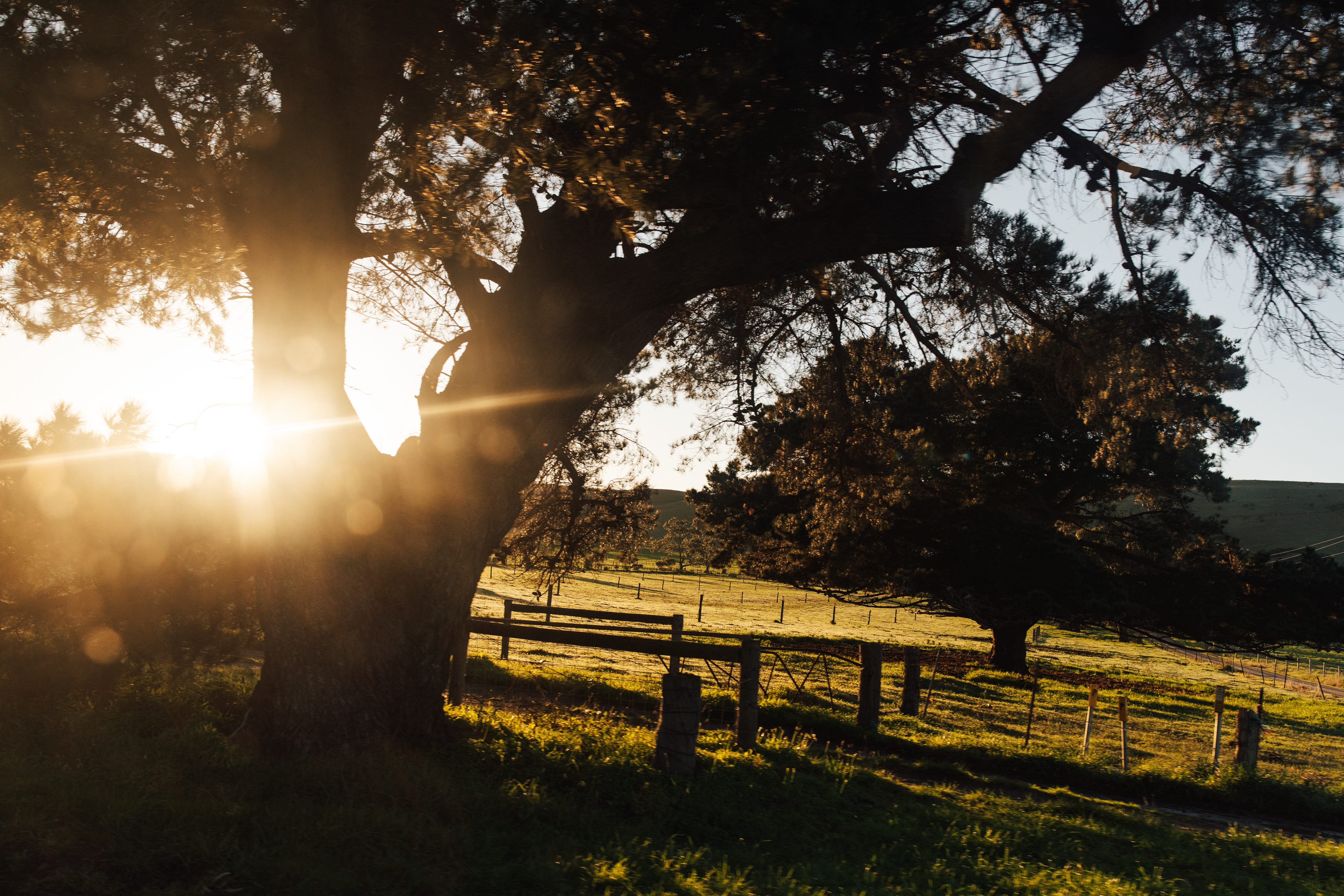
Beware of pregnancy toxaemia at lambing time
Pregnancy toxaemia (in sheep) is a common late Autumn / Winter problem. It is one of the primary causes for ewe mortality pre-lambing in South Australia. As the condition suggests, it occurs around lambing time when stock have inadequate energy in their diet and begin to mobilise body reserves to meet the high energy demands of late pregnancy.
At this time of year, daytime temperatures are getting colder and sheep not only require energy to maintain their own condition but also to keep warm. Couple that with many sheep being pregnant with multiple lambs and the demands on energy are extreme. Ewes in good condition, body condition score 3 – 3.5 will have enough body reserves to meet this increased energy demand at lambing, as long as they are provided with adequate energy from pasture or supplementary feed. Ewes that are too fat, too thin and are in their third or greater pregnancy may well succumb to pregnancy toxaemia if supplementary energy is insufficient.
Fat ewes have large reserves of subcutaneous fat, which during late pregnancy are turned back into energy through the liver. Mobilising too much of this fat at once can result in a build-up of toxins (ketones) which cause the ewe to become dull, depressed and often appear blind. The ewe loses coordination, strength and appetite and will fall and often not be able to get up. The problem is exasperated due to the rapid growth of late term lambs and the energy required to sustain them.
Pregnant ewes usually go down just prior to lambing and lack the energy to get back up. Glucose treatment either orally or in injectable form is the only treatment but is often applied too late to initiate recovery. Ewes in poor condition may also succumb to pregnancy toxaemia, however with a lack of subcutaneous fat, it is often other body tissues that are mobilised to try and meet their energy demands.
Unfortunately, there is very little new season feed in paddocks across much of South Australia this Autumn, so most farmers have been supplementary feeding ewes prior to lambing. It’s important to ensure that ewe condition is maintained right through pregnancy rather than trying to recover condition in the third trimester prior to lambing. This can result in larger than normal lambs and compounds the energy demand and lambing issues.
Treatment of ewes that look staggery or go down needs to occur immediately if there is to be any chance of recovery. Checking lambing mobs frequently and monitoring any that lag behind or go down and treating with glucose is vital. There are a number of injectable glucose solutions which can be administered asap, as well as propylene glycol solutions than can be given orally for longer term effects. Recovery percentages however are usually quite low, so prevention is better than cure.
Allowing access to some good quality cereal hay and feeding grain to sheep in the last 5 or 6 weeks prior to lambing can prevent losing them to pregnancy toxaemia, especially in years like this one, where paddock feed is limited or of poor quality. Make sure that when feeding during lambing, feed sites are spread out enough to avoid newly lambed ewes rushing to the feeder and miss-mothering, especially those with twins or multiples.
For more information please contact your local vet, PIRSA Animal Health Officer or Livestock SA.
